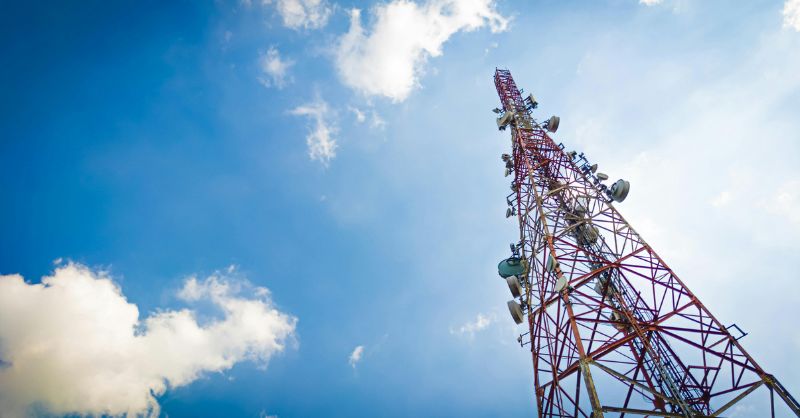
In a move that promises to reshape the very fabric of mobile connectivity, T-Mobile has joined forces with Starlink to introduce the T-Mobile Starlink beta, a space-based mobile network meticulously crafted to obliterate dead zones across the United States.
This innovative service, unveiled with considerable fanfare during the country’s largest annual sporting event, leverages the power of satellite technology to establish connectivity in areas previously beyond the reach of traditional cell towers. This partnership represents not just a technological advancement, but a monumental leap forward in the relentless pursuit of ubiquitous coverage.
How exactly will Starlink satellites deliver cell service to remote areas?
T-Mobile Starlink sets its sights on covering an impressive expanse of over 500,000 square miles within the U.S. that have historically languished without terrestrial cell service. Employing specially engineered satellites equipped with Direct-to-Cell capabilities, these celestial nodes orbit at altitudes exceeding 200 miles above Earth, hurtling through space at speeds surpassing 17,000 miles per hour. This sophisticated system delivers cell phone signals, initially focusing on text messages, with ambitious plans to incorporate picture messages, data transmission, and voice calls in the near future.
What happens if my phone is out of cell range – will I have to manually switch to Starlink?
One of the most compelling facets of T-Mobile Starlink is its unwavering commitment to user-friendliness. Smartphones seamlessly transition and connect to the satellite network when they venture beyond the reach of conventional cell towers, thus negating the need for any manual setup. This effortless transition ensures that users remain consistently connected, regardless of their location, whether they’re embarking on a hike through remote wilderness or grappling with the aftermath of severe weather and natural disasters.
Beta program details: How long will the beta phase last, and what will happen to the service once it’s over?
The beta program extends free access to the service until July, thereby affording users the invaluable opportunity to experience the transformative benefits of satellite connectivity firsthand. Upon the conclusion of the beta period, T-Mobile Starlink will be seamlessly integrated into Go5G Next plans at no additional cost.
Customers on alternative T-Mobile plans retain the flexibility to add the service for $15/month, while AT&T and Verizon customers may access it for $20/month. Furthermore, T-Mobile customers who pre-registered for the beta in February are entitled to a $10/month discount, making the transition even more appealing.
Joining the Beta: Who is eligible to sign up for the beta, and how do I register?
The invitation to participate in the beta program extends to all individuals, regardless of their carrier affiliation, including businesses and first responders, granting them the privilege of testing the system and contributing valuable feedback prior to the official launch in July. Interested parties can register on the official T-Mobile website.
Universal Coverage and International Collaboration: Does the service only provide basic connectivity or does it extend to emergency services and international roaming?
T-Mobile Starlink transcends the boundaries of basic connectivity by extending its reach to broadcast Wireless Emergency Alerts (WEAs) nationwide, bolstering public safety during times of crisis. Moreover, T-Mobile actively fosters collaboration with international carriers to establish reciprocal roaming agreements. Partnerships with KDDI (Japan), Telstra and Optus (Australia), One NZ (New Zealand), Salt (Switzerland), Entel (Chile & Peru), Rogers (Canada), and Kyivstar (Ukraine) lay the foundation for a global network characterized by seamless connectivity, transcending geographical limitations.
The strategic alliance between T-Mobile and Starlink signifies a watershed moment, heralding a future where dead zones fade into obsolescence, empowering individuals to remain connected regardless of their physical location.
What do we think about it
T-Mobile Starlink embodies a profound paradigm shift in our perception of mobile connectivity. By harnessing the potential of satellite technology, T-Mobile and Starlink are not only addressing the long-standing challenges associated with dead zones but also forging a path towards a more connected and resilient world.
As the beta program gathers momentum and the service gains wider adoption, T-Mobile Starlink is poised to revolutionize the mobile landscape, offering a compelling preview of a future where the boundaries of connectivity dissolve, and seamless communication becomes a tangible reality for all.



